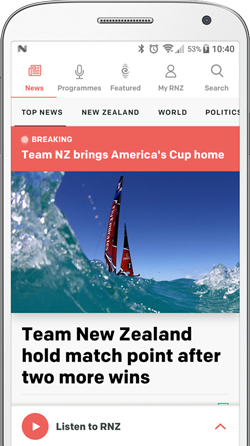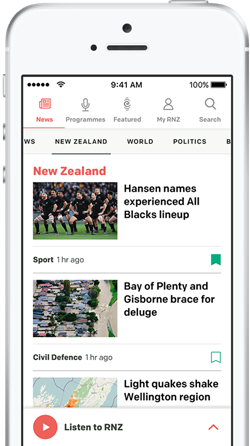
Research funders are increasing their grant budgets this year. Photo: Tek Image / Science Photo Library / ABO via AFP
A private medical fund in Waikato says it can help get ignored research off the ground, with access to funding tighter than ever.
Waikato Medical Research Foundation (WMRF) funds research worth about $150,000, spread over an average of six research projects a year.
Grants committee chair Veronique Gibbons acknowledged the amount was small, but said it often helped to prove an idea would work, allowing researchers to then show proof-of-concept, when applying to bigger funds.
Gibbons pointed to research it funded by Waikato neonatal nurse practitioner Deborah Harris into whether newborn babies given sugar gel on the inside of their months had better outcomes.
"That then went on to the Glow Baby study and that was an amazing piece of work," she said. "It was fast-tracked into top publications... so when you've started funding on a project like that, which goes on to do amazing work, I think we can give ourselves a pat on the back that we were part of that journey."
She said Government funders like the Health Research Council were usually looking for established researchers.
"The people who are new and don't have that record, this is where we can help to get them to have some kind of a look-in," Gibbons said.
This year, Waikato Medical Research Foundation announced it had increased its funding cap from $35,000 to $50,000 per project.
Auckland Medical Research Foundation (AMRF) funds a minimum of $4.5 million a year. Like WMRF, it also recently increased the amount available for a research project grant.
AMRF was established 70 years ago by a group of Auckland business people, who didn't think enough Government funding flowed through to the city.
AMRF's Sue Brewster said it was the largest private funder of medical research across the spectrum of medical problems in New Zealand, compared to funds that only support specific areas of medicine.
Brewster said requests from researchers for funding support had definitely increased over the last few years, after COVID-19.
"Across the board, we are oversubscribed in all areas," she said.
For example, AMRF funds travel grants for researchers and Brewster said they would usually get 30 applications for a travel grant, but in their last round, they received 54.
AMF can only fund about 18% of all eligible applications they receive.
"That's the medical committee heartbreak - not being able to fund all these projects, which are so worthwhile," Brewster said.
She thinks independent funding will only become more important to researchers, as the Government continues to tighten its belt.
The Government funds health research in New Zealand through the Health Research Fund (HRF), which is also highly oversubscribed.
An HRC spokesperson said, in the 2024 financial year, 29.7% of applications received were approved for funding.
"The number of applications for research funding that the Health Research Council of New Zealand (HRC) receives varies year to year," the said. "In the 2024 financial year (1 July 2023 to 30 June 2024), we received 1073 applications for health research funding.
"In the 2019 financial year - the last complete financial year before the onset of the COVID-19 pandemic - the HRC received 864 applications for health research funding."
Budget 2024 included $124,989,000 for the HRF.
Business, Innovation and Employment MInistry (MBIE) specialised investments manager Heather Penny said the last budget increase to the HRF occurred in 2020/21, when $119 million was allocated. The increase in funding to $125 million in Budget 2024 was due to a transfer of funding from the previous year, rather than a budget increase.
"Changes in the budget between 2021-24 occurred due to the reallocation of funding between years owing to COVID, which caused delays in research payments, due to milestones not being met, rather than extra funding," she said.






